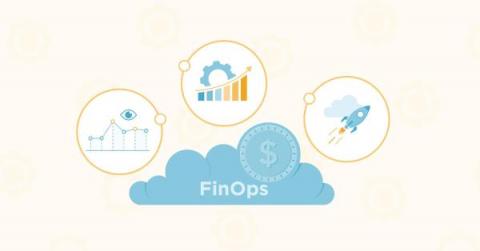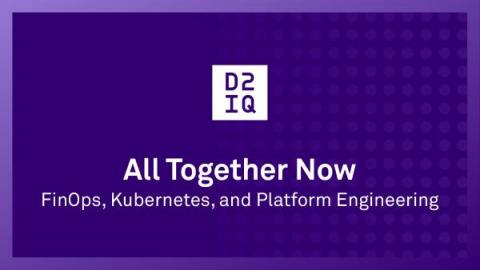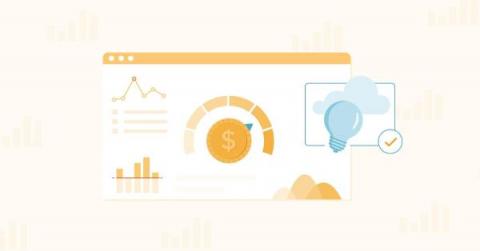Operations | Monitoring | ITSM | DevOps | Cloud
FinOps
All Together Now: FinOps, Kubernetes, and Platform Engineering
Teams and organizations are leveraging Kubernetes to build platforms supporting their digital transformational efforts. A Kubernetes-based platform provides cloud-native architecture benefits such as automation, elasticity, resilience, and abstraction of the underlying infrastructure.
Top 5 FinOps Tips
Top 5 FinOps Tips to Optimize Cloud Costs
The efficiency, flexibility and strategic value of cloud computing are driving organizations to deploy cloud-based solutions at rapid pace. Fortune Business Insights predicts the global cloud computing market will experience annual growth of nearly 18% through 2028. As the cloud becomes one of the most expensive resources for modern organizations, cloud financial management, or FinOps, has become a critical initiative.
Webinar: Overcoming Challenges to Scaling FinOps
FinOps and Cloud Cost Optimization
6 Examples Of FinOps KPIs That Will Improve Your Margins
Webinar: Multicloud Forecasting & Budgeting for FinOps
Measuring cloud cost efficiency for FinOps
Public cloud can deliver significant business value across infrastructure cost savings, team productivity, service elasticity, and DevOps agility. Yet, up to 70% of organizations are regularly overshooting their cloud budgets, minimizing the gap between cloud costs and the revenue cloud investments can drive.
Managing Cloud Cost Anomalies for FinOps
Cloud cost anomalies are unpredicted variations (typically increases) in cloud spending that are larger than expected based on historical patterns. Misconfiguration, unused resources, malicious activity or overambitious projects are some of the reasons for unexpected anomalies in cloud costs. Even the smallest of incidents can add up over time leading to cost overruns and bill shock.









